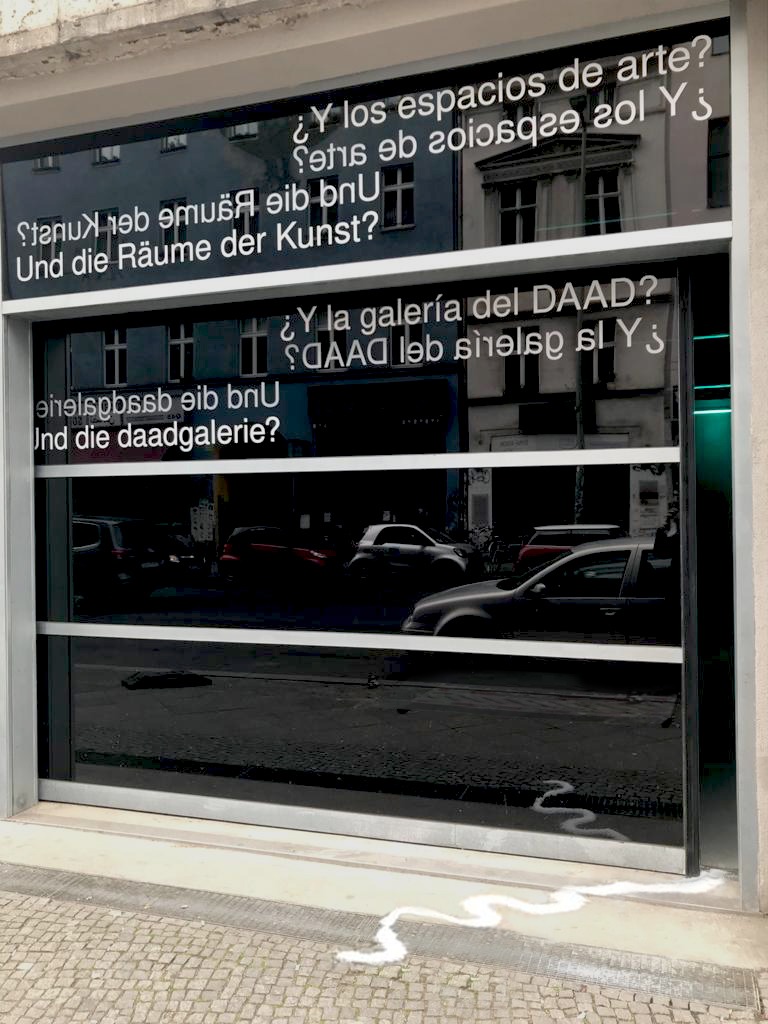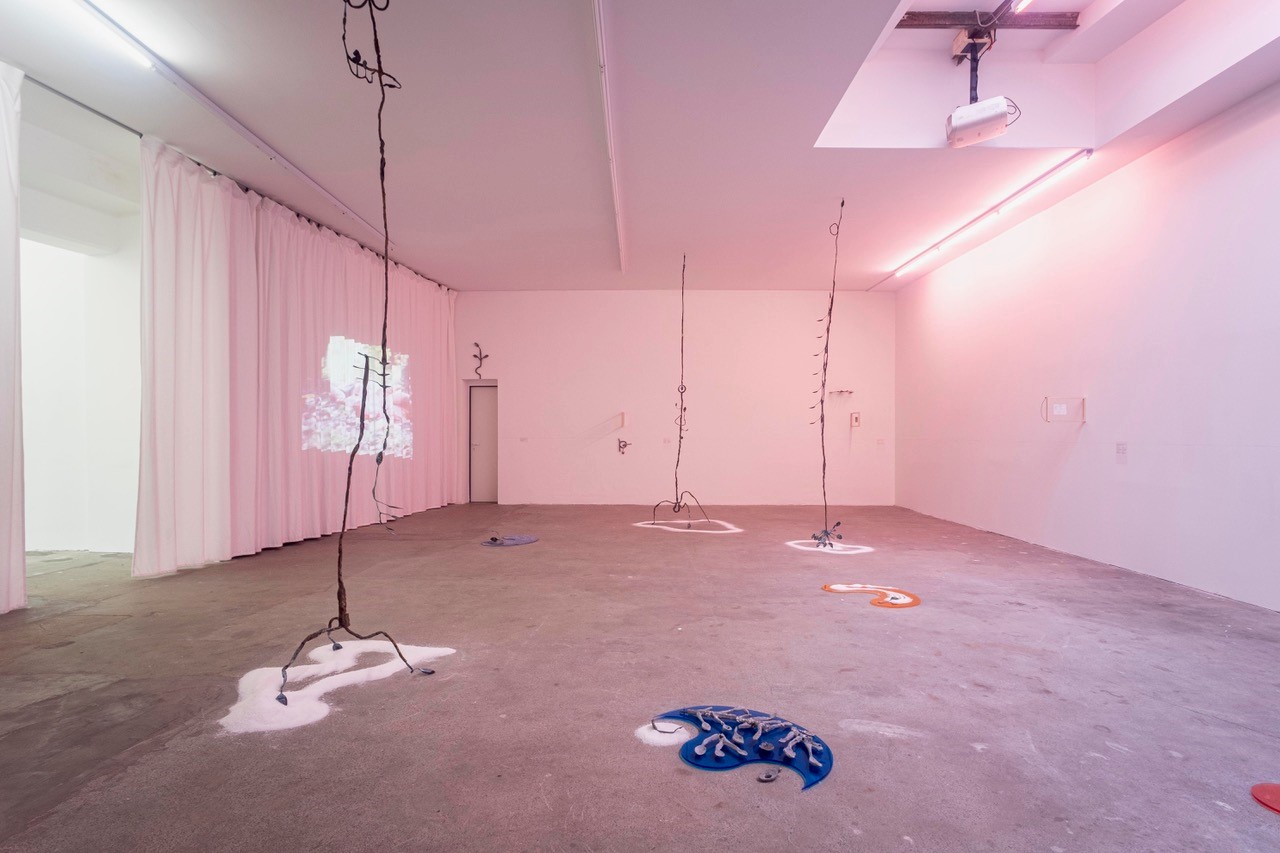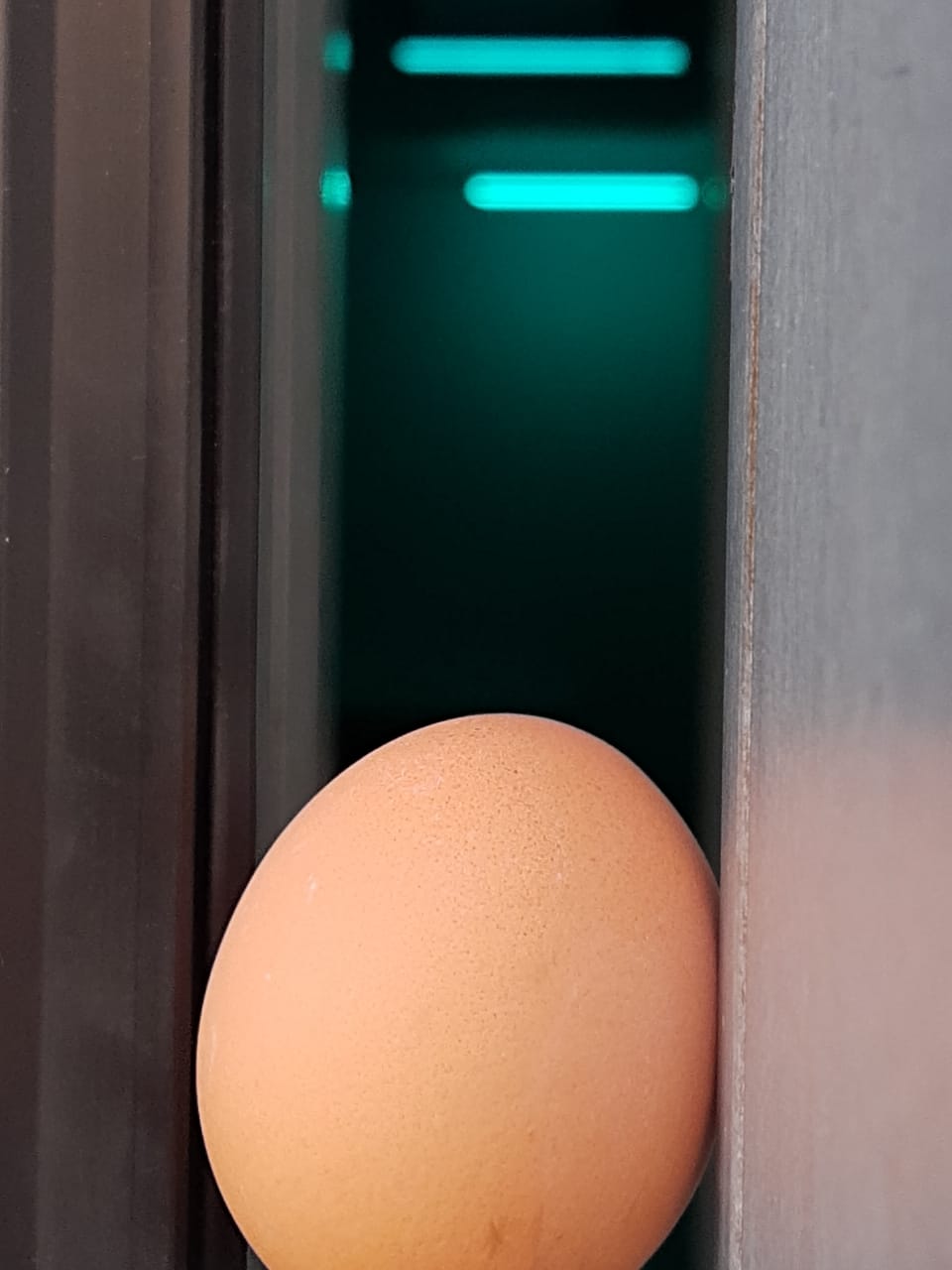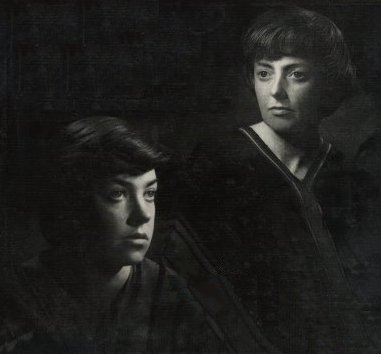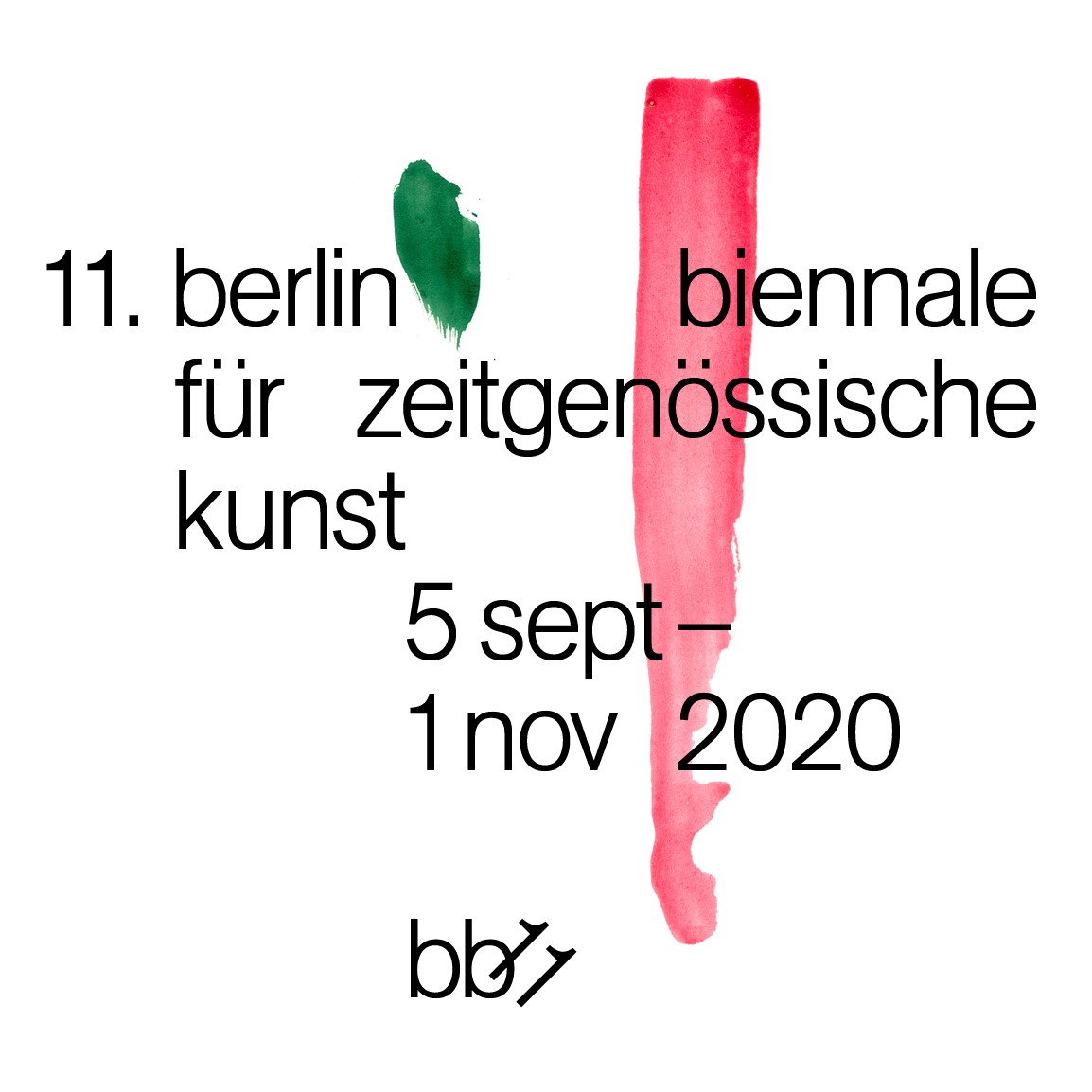Argentina, Visual Arts, 2020
Osías
Yanov
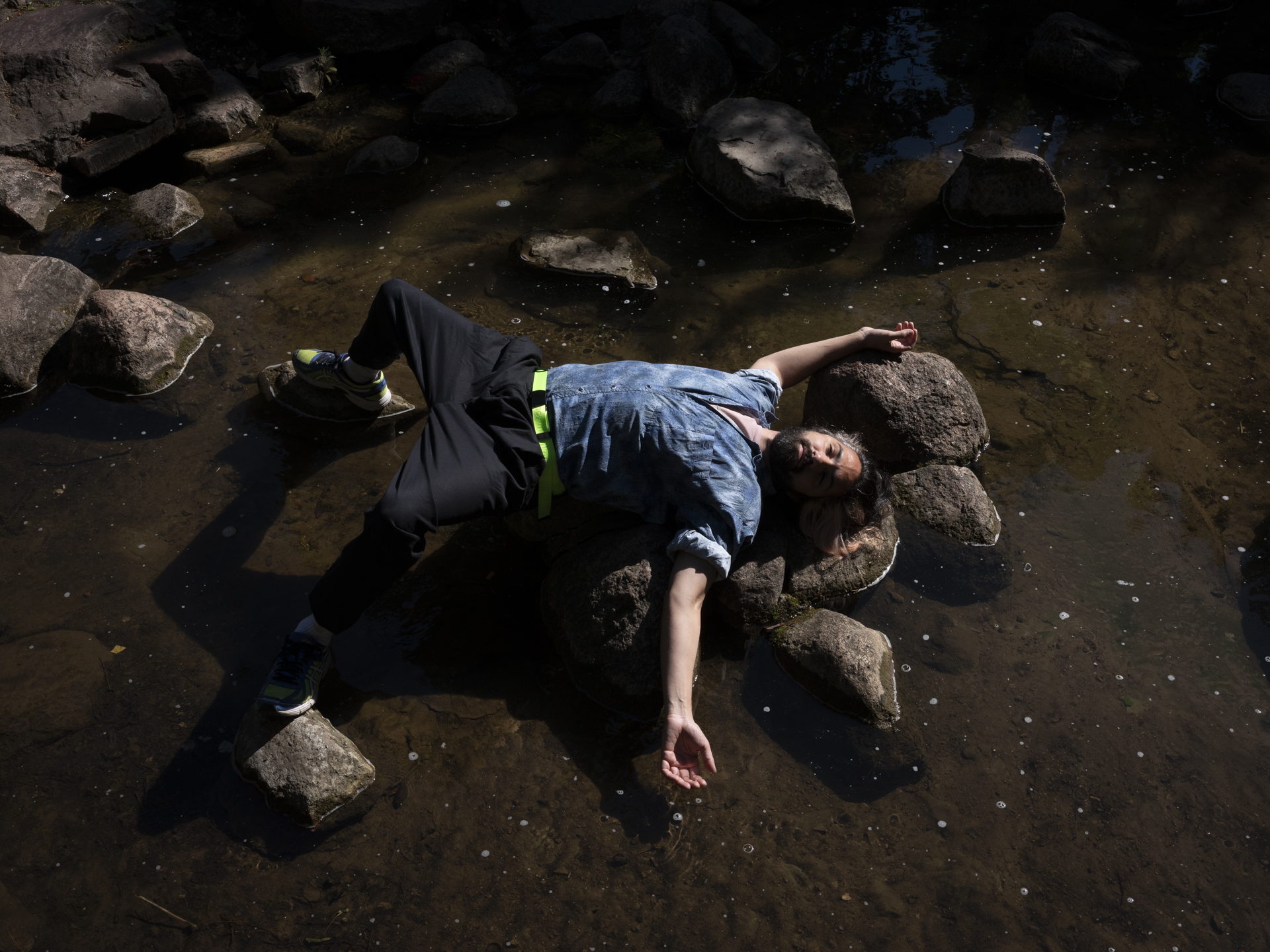
“Strike a pose!” It has been 30 years since Madonna’s hit single Vogue introduced the choreography and politics of ballroom houses in Manhattan into pop-cultural consciousness. It was the same year in which Jennie Livingstone’s documentary Paris is Burning made the burning subculture of voguing a matter of theoretical debate. Yet the introduction of glamour did not change the counter-heteronormative core of ‘striking a pose’ as a form of resistance – as a defence tactic against the essentialist, categorizing gaze of a system that always aims for body legibility.
Driven by the moves against what renders bodies legible, and by an incessant search for grounds of tension, pressure, overflow, desire and joy, Osías Yanov is part of a queer generation that had to learn to walk a forked path. They grew and danced to the rhythms that popularized such a gesture of resistance on stage, and experienced the after-effects of an HIV crisis that left deep wounds in queer scenes worldwide – during the same period when Madonna was choreographing vogue on concert stages in collaboration with the ballroom community.
Yanov is very aware and fond of the brutal beauty generated by that forked path. Working across performance, installation and video, he produces revelatory settings and scenarios built on border and transgression in search of different pockets of reality embedded within the visible everyday life. They define the starting point of their practice as being where the boundary of the individual intersects with that of the collective and the unexpected responses of the body in that space. It can be singular – as in Oil (2014) – or collective – as in VI Sesión en el Parlamento (2015). The codes and roles the body is given to enact the ideologies and aesthetics of modernity are the pressure point for developing their particular choreographies.
Such references are pushed and twisted to create a new, imaginative grammar of the erotic, while what is between collective and intimate becomes blurred. The slits in the genital area of the cameo dance costume remind us how those transgressions were introduced and used by Merce Cunningham in the 1970s. The tiny spikes on a constructivist metal sculptural installation suggest a ritual of tension, pain and pleasure. Yanov instrumentalizes such constructions in his settings to reveal the constructedness of the ideologically marked body to the audience.
Yanov’s collaborators come from the scenes he interacts with regularly. Their conversations always begin in a shared space such as a dance floor. They are transsexuals, drag queens, junkies, former junkies, sportsmen, club dancers and individuals who question and appropriate the fact of being classified as ‘disabled’ or ‘fat’, who have to go through an examination of legibility in their everyday lives. For his recent piece Orphan Dance (2018), Yanov’s ‘field research’ took place in the nightlife scene of London, where he invited individuals he met to perform with him in a setting that addressed themes of mechanical automation and efficiency.
The brutal beauty that evokes the power of our unexpressed or unrecognized feelings nourishes an imaginative grammar of the erotic. Osías Yanov enacts a nocturnal optimism in his work for rendering another possible way of social choreography in this life, through this new grammar. It is a consistent desire for change. At an intersection of ancient, modern and contemporary rituals, Yanov will continue to embody that lustful yearning.
Osías Yanov is an artist and researcher based in Buenos Aires. His recent exhibitions include: Orphan Dance at Gasworks, London (2018); 6_noevius_10 Agmixmix Vixfam at Galería Nora Fisch, Buenos Aires (2017); CRISIS at Zarigüeya /Alabado Contemporáneo, Quito; VI Sesión en el Parlamento at MALBA, Buenos Aires; and the 11th Gwangju Biennale (all 2016).
Text: Övül Durmusoglu


